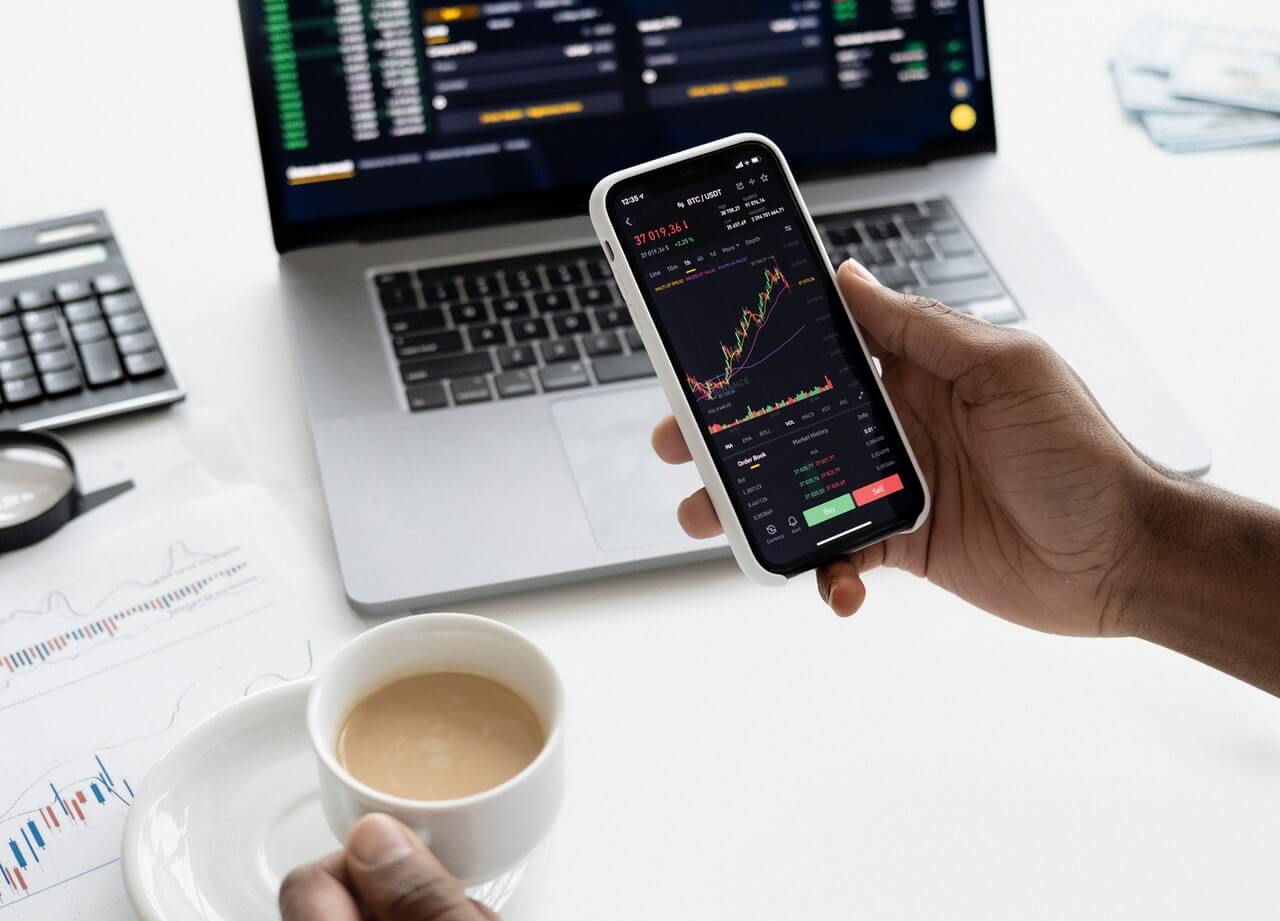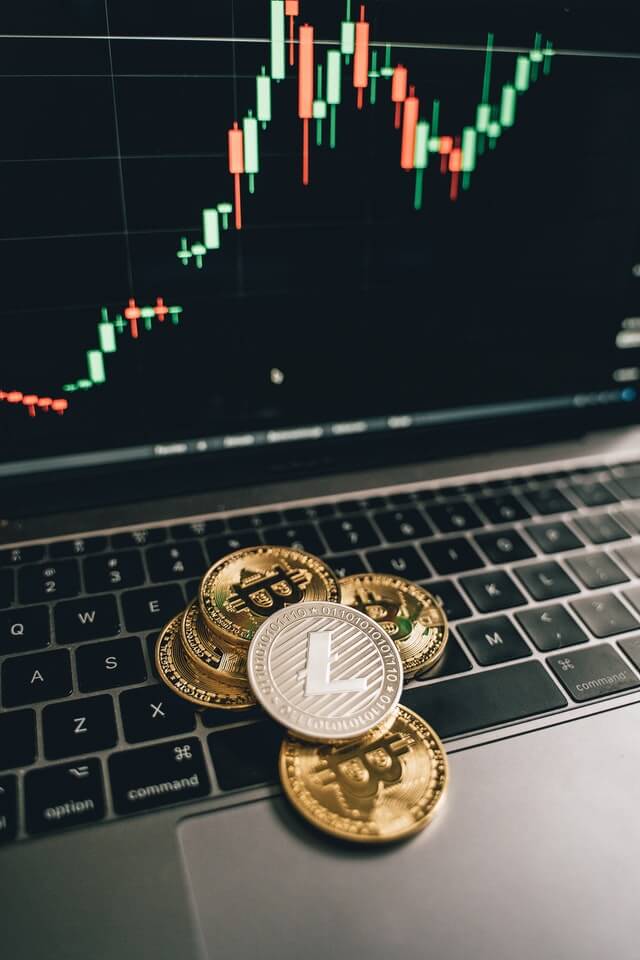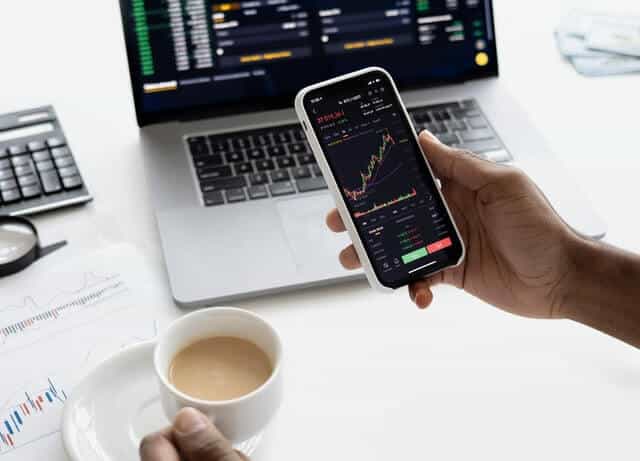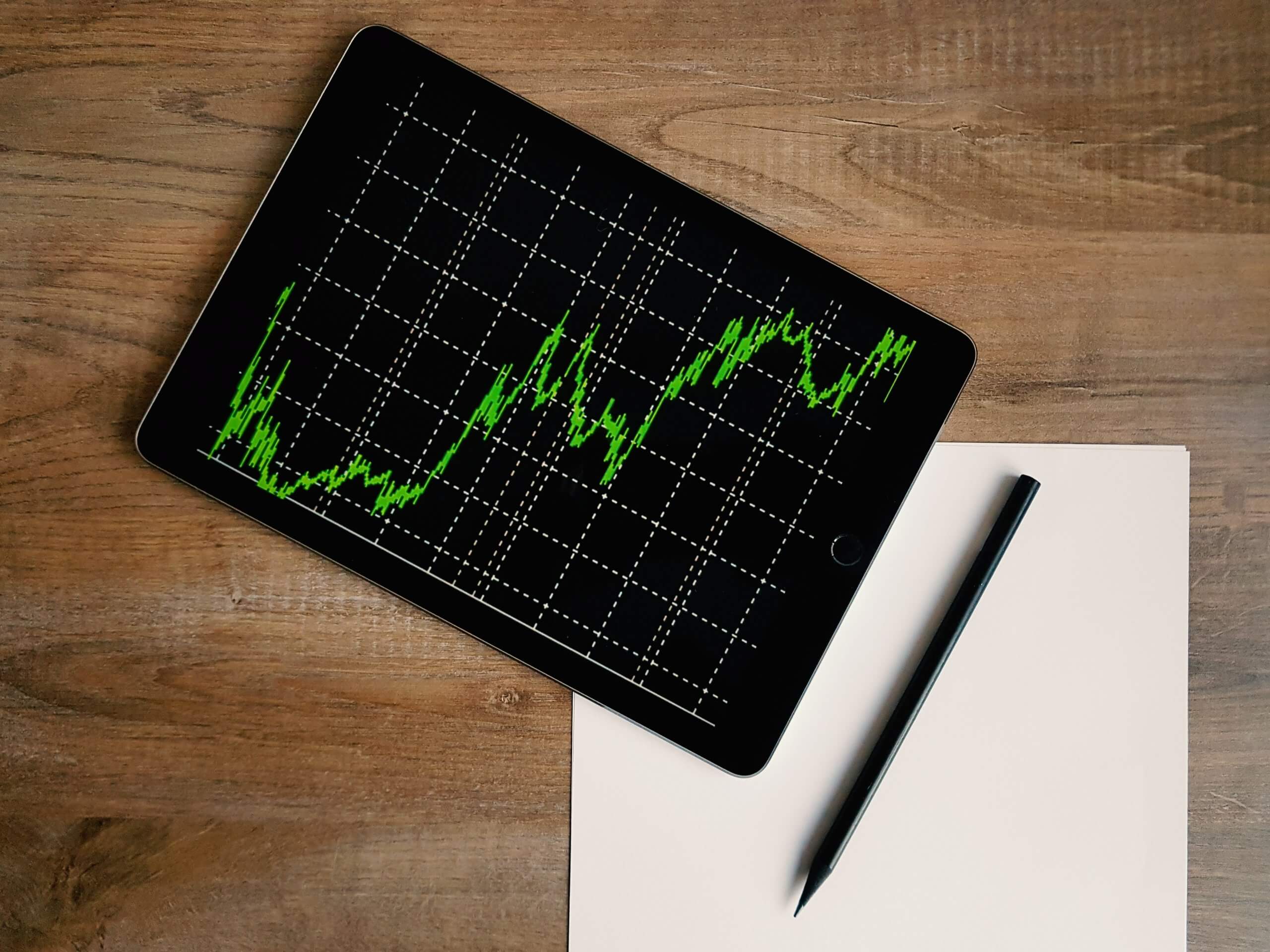Call and put options are derivatives that allow traders to have exposure to different assets. Through call and put options users handle deriviatives that follow the price of an underlying asset that can be a stock, a commodity or a cryptocurrency.
Disclaimer: the information provided in this article should not be considered financial advice and it is only for educational purposes only. We are not financial advisors. Never invest more than what you are able to lose.
What are Call and Put Options?
Call and put options are derivatives that represent the price of an underlying asset. When investors buy a put option they are expecting the price of the underlying asset to move higher. Instead, when an investor purchases a call option, they are expecting the price of the asset to move lower.
With call and put options, traders do not have to own the stock or underlying asset. Thus, this makes it easier for many traders to get access to different markets using a single trading platform.
Call and put options examples include stocks, cryptocurrencies and commodities, among other assets. It depends on the trader the assets that he wants to get exposure to. Some traders use put and call options to diversify their portfolios and get access to different trading tools.
Put and Call Options Explained
Let’s give a call option example. If you are an investor that wants to have epxosure to a specific asset and you believe that its price could go up, then you buy a put option contract. This contract gives the owner the option (this is the key word here) to buy the underlying asset at the expiration date.
Traders can easily sell the option at a profit if the underlying asset moves higher. Then the investor would be able to take profits from this position. The same can be done but selling the put option if the price moves lower. This would allow the trader to make a profit.
If you, instead, sell the call option when its price falls, then you would be registering losses. The same would happen if you sell a put option when the underlying asset moves higher. However, in some situations, it is strictly necessary to exit a position even at a loss to avoid further losses.
What is the Difference Between a Long Position and a Call Option?
Traders open long positions when they believe that the price of an asset is expected to move higher. In this way, the trader can purchase the asset in the spot market and wait for its price to grow. Once the price reaches the level desired by the trader, it can sell it in the market for a profit.
A call option, instead, helps you to have access to a contract that gives th buyer the possibility to buy (or not) an asset at a certain date for a predetermined price. The trader is not holding the asset, but rather a contract. This is the main difference between a long position and a call option.
● Call Option: the investor purchases a contract
● Long Position: the investor purchases an asset
It is also worth taking into consideration that a call option is a way of “being long.” When you buy a call option you believe that the price of the underlying asset would go higher and you should have exposure to it. Nevertheless, with a long position in the spot market, you are already buying the asset.
Long Positions in Futures Trading
Take into account that it is also possible to open long positions with contracts. The futures market is another way of handling contracts rather than assets. Users can open long positions with leverage if they want to get a larger exposure to a specific trade.
Long positions in futures trading allow users to trade contracts. This is similar to purchasing a call option. However, with a long position in futures trading you are obliged to purchase the underlying instrument as soon as the contract expires.
The same would happen with a short position in futures trading. It can be compared to a put option that a trader could open. Everything will depend on the market conditions and the expectations they have about the future of the asset they are trading.
One thing is clear, it is a risky investment. Remember never to invest more than what you are able to lose and to do your own research.


























